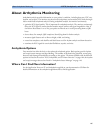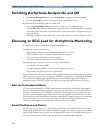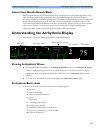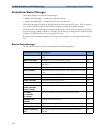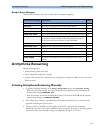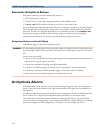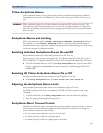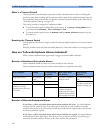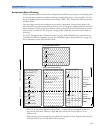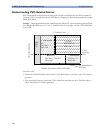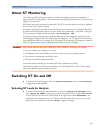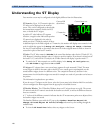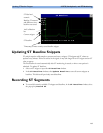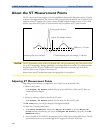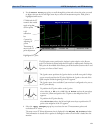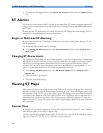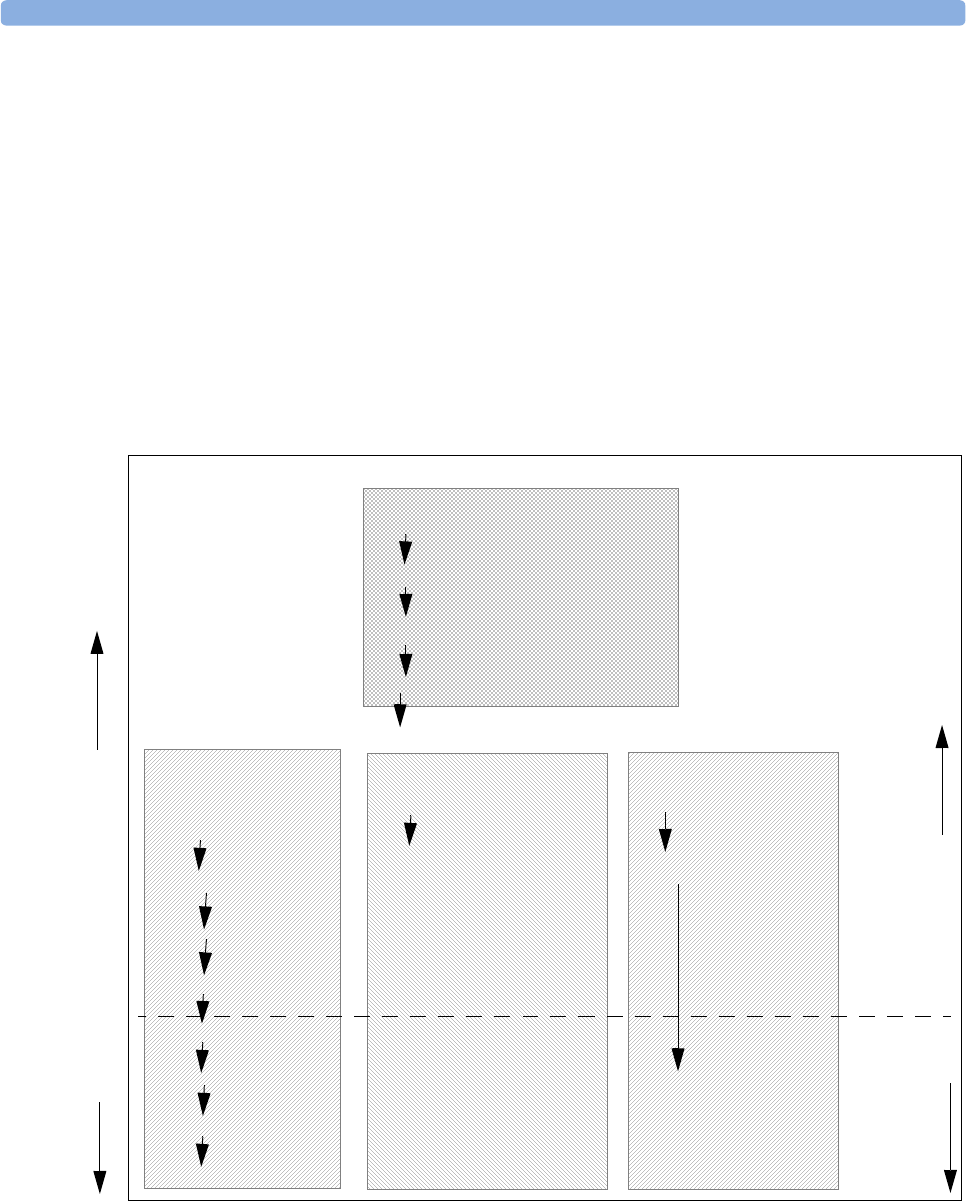
Arrhythmia Alarms 6 ECG, Arrhythmia, and ST Monitoring
115
Arrhythmia Alarm Chaining
When arrhythmia analysis is switched on, multiple alarm conditions may be present. Announcing all of
the detected alarm conditions would be confusing, and might hide a more serious condition. For this
reason, arrhythmia alarms are prioritized in three alarm “chains”: PVC Alarms; Beat Detection Alarms,
and Rate Alarms.
Only the highest priority alarm condition in each chain is announced. Lower priority alarms in the
same chain will not be announced while an alarm is active or during the configured timeout period. If
alarm conditions of equal severity from different chains are detected, the alarm condition that occurred
most recently is announced. The exception is Irregular HR, which only occurs if no other alarms are
occurring.
See “ECG, Arrhythmia, and ST Alarm Overview” on page 104 for information on which alarms are
included in the different arrhythmia options. See “Arrhythmia Alarm Timeout Periods” on page 113
for an explanation of how alarm timeouts work.
– If there is an active Vent Bigeminy alarm, a PVCs > xx/min will not be triggered because it is
lower on the same chain. However, a high HR alarm will become active because it is on a
different chain.
– Higher priority alarms supersede previous alarms. For example, if a Vent Trigeminy alarm is active
and a Pair PVCs occurs, the Pair alarm will be activated.
Red Arrhythmia Alarms
Asystole
Vent Fib/Tach
V-Tach
Extreme Tachy/Extreme Brady
Yellow Arrhythmia Alarms
PVC Alarms Chain
Beat Detection Alarms Chain
Rate Alarms Chain
Pacer Not Captured/
Pacer Not Pacing/
Missed Beat
HR High/ HR Low
PVCs > xx/min
Non-sustain VT/
Vent Rhythm
Run PVCs
R-on-T PVCs
Pause
SVT
Multiform PVCs
Vent Bigeminy
Vent Trigeminy
Irregular HR
(occurs only if no other
arrhythmia alarms are
present)
First level
timeout
period
(TimeOut
1st)
Second level
timeout
period
(TimeOut
2nd)
Pair PVCs
lower priority higher priority



